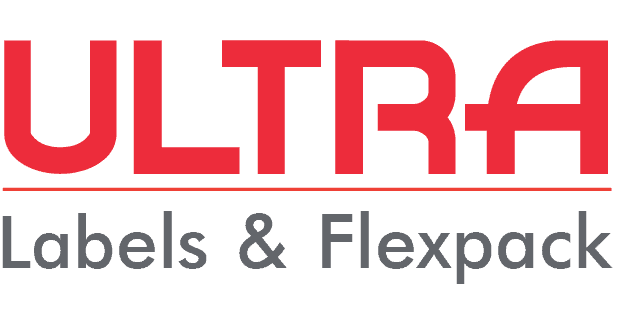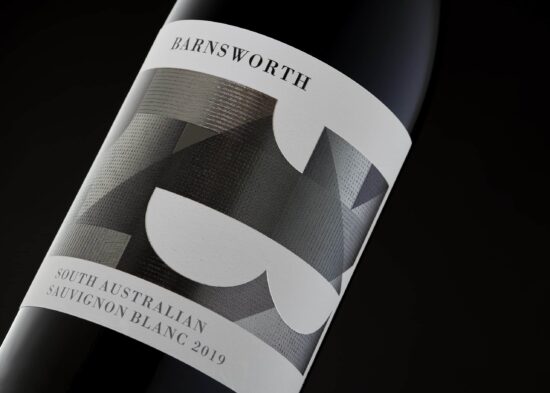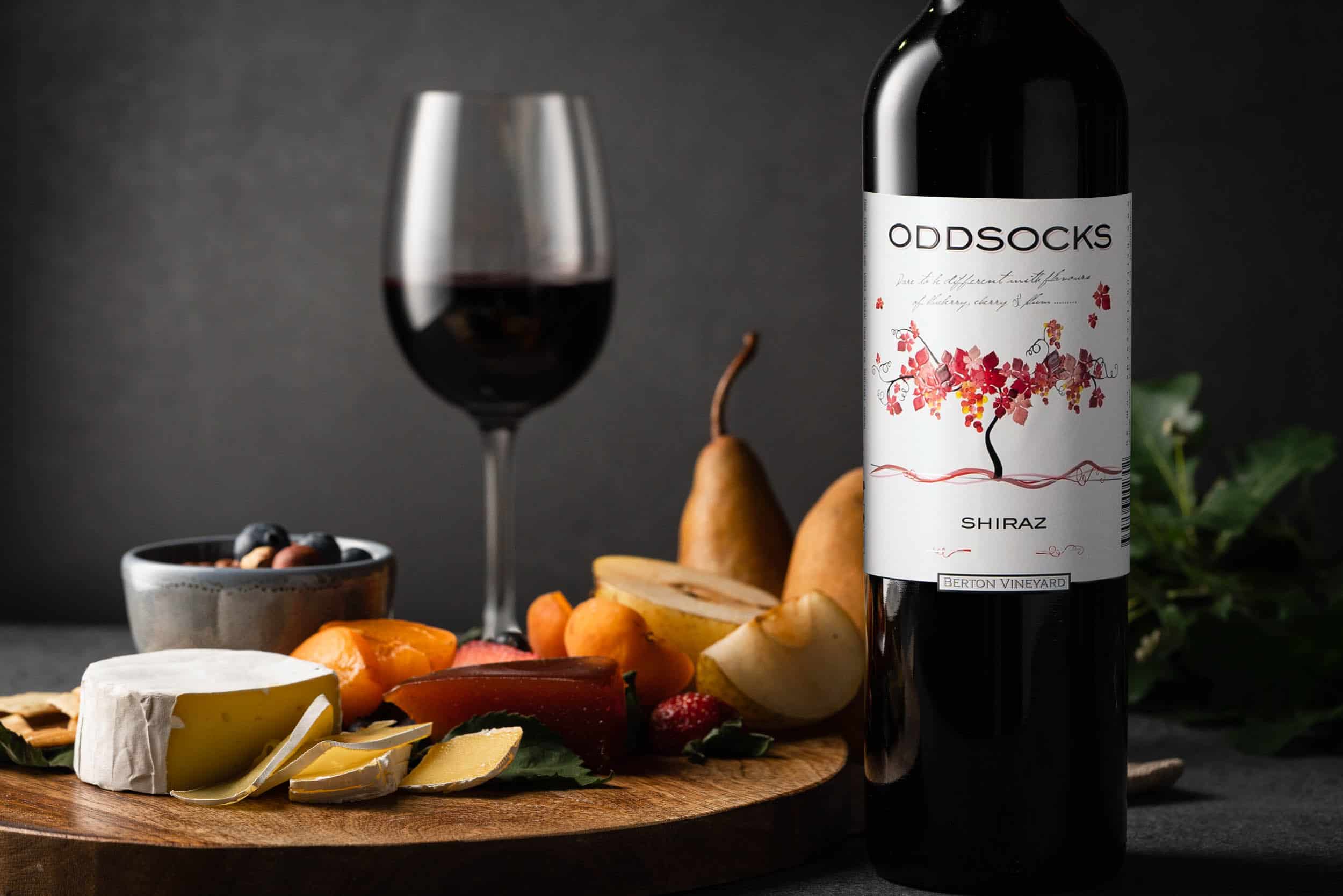If you’re in the world of distilling spirits, you know the impact your labels and packaging have on the success of your product. Competition on the shelf and back-of- bar is fierce. Your labels are a vital element in the quest to promote your product, differentiate your brand and attract consumers.
While your labels perform the vital task of enticing customers to buy, they are also a vehicle to inform consumers about your product, particularly regarding it’s alcoholic strength, number of standard drinks contained and other health and safety information
Before you place your drop in a bottle, it’s essential you understand your legal responsibilities.
Spirit labelling is regulated by several pieces of Commonwealth and State legislation. These include the Australian New Zealand Food Standards Code, the Competition and Consumer Act 2010 and State and Territory Fair Trading Acts and Food Acts. Staying up to date with the regulations that govern the labelling requirements of the spirit industry can be overwhelming.
We’ve produced this guide to assist. Here you’ll find information on current requirements for domestic spirit labelling in Australia. We’ll also briefly examine the proposals that may change your existing obligations.
Please note that while we have made every effort to ensure information regarding Australian labelling regulations is correct as of the 1 August 2023, this article does not cover the various State/Territory requirements or exceptions that may apply to your situation and is not a substitute for your own research or independent legal advice. You can obtain a copy of the Food Standards Code from Food Standards Australia New Zealand (FSANZ) at: www.foodstandards.gov.au.
Labelling requirements for spirits in Australia
Food Standards Australia New Zealand is the regulatory arm of the Australian government charged with developing and setting the standards for Australia, and New Zealand, contained in the Food Standard Code.
In addition to complying with the general food labelling requirements outlined in Chapter 1 of the Food Standard Code (FSC), and Part 2.7 on Alcoholic Beverages, spirit labels must also include the specific information outlined in standard 2.7.5 of the Code regarding spirit labelling.
The FSC defines a spirit as a beverage containing no less than 37% alcohol by volume (ABV). Tequila is also considered a spirit and must contain no less than 35% ABV.
If you produce alcoholic drinks other than spirits, it’s essential to understand that labelling requirements for alcoholic beverages vary depending on the percentage of alcohol a product contains. For information on the labelling requirements for other alcoholic beverages, including brandy or liqueurs, please refer to standards 2.7.1 – 4 of the FSC.
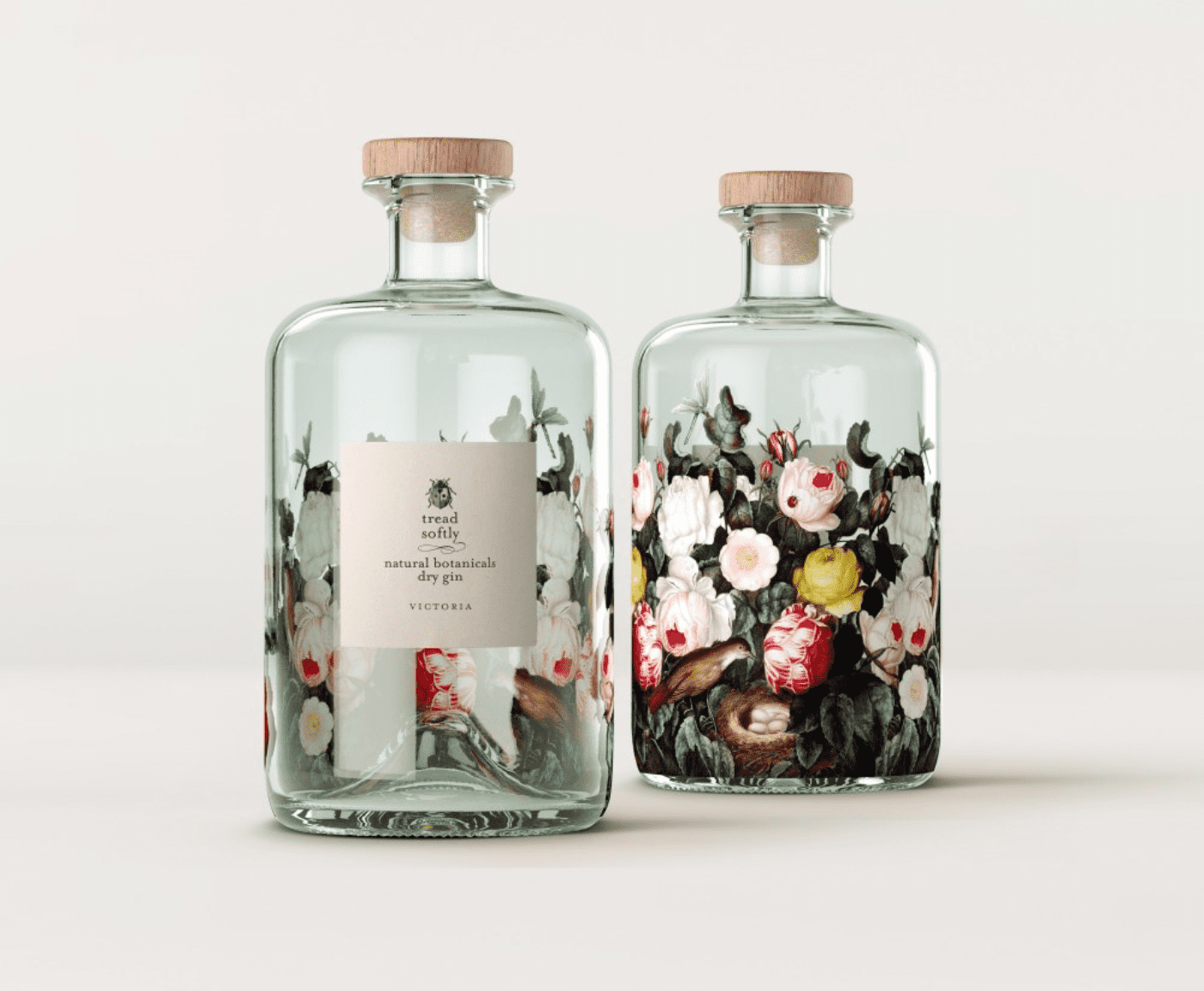
General mandatory labelling requirements
Name/Description
Mandatory: The name must appear on your product, represent its true nature and not be misleading. For example, if your label says “Gin infused with Australian botanicals”, your bottle should, in fact, contain gin infused with Australian botanicals.
Lot identification
Mandatory: Somewhere on your package (bottle), you must record its production run with a ‘lot’ or ‘batch’ identifier. There is no specified format; however, the lot number usually employs an alpha-numeric code applied during bottling that may be used to track down all products in a production run in the event that they need to be recalled or withdrawn.
Name and address of supplier
Mandatory: The business name and address of the vendor, manufacturer, packer, or importer must appear on your label. Your address should include the road or street number, road or street name, suburb, town, State/Territory (or postcode) and be a place where someone can be physically served a document, and postal addresses are not permitted.
A statement of ingredients
Not required: Standardised alcoholic beverages are not required to make a statement of ingredients; however, if your product contains any of the allergens specified in the FSC as requiring an advisory statement, then these will need to be declared on your label (refer to the section on Advisory statements (allergens)).
Advisory statements (allergens)
Mandatory: All products containing specific foods and ingredients that are known to cause allergic or adverse reactions must be identified on the label.
On 25 February 2021, amendments to the FSC introduced new requirements for allergen labelling in food.
Businesses have until 25 February 2024 to fulfil these new requirements, and a 2-year stock-in-trade period will follow this initial 3-year transition period.
Exemption: Spirits distilled from barley, rye, oats or wheat are not required to declare these allergens on the label. As the process of distilling alcoholic beverages renders some allergens safe to consume, spirits distilled from barley, rye, oats, or wheat are exempt from declaring these allergens on the label.
Refer to the Food Standard Australia New Zealand (FSANZ) for more information on product exemptions here.
In accordance with the new requirements of the FSC, the following foods must be declared on the label as allergens using the prescribed name of the food in plain English.
| wheat* | lupin | cashew | walnut |
| fish | peanut | hazelnut | barley* |
| crustacean | soy, soya, soybean | macadamia | oats* |
| mollusc | sesame | pecan | rye* |
| egg | almond | pistachio | sulphites*** |
| Milk** | Brazil nut | pine nut |
* spirits distilled from barley, rye, oats or wheat are exempt from allergen labelling requirements.
** distilled alcohol from wheat or whey are exempt from declaring wheat or milk.
*** sulphites must be declared when added in amounts equal to or more than 10 milligrams per kilogram of food.
As alcoholic beverages are not required to include a statement of ingredients, there is no prescribed format in which allergens must be declared; however, they should be included in a summary statement on the label.
It pays to be vigilant when sourcing ingredients, as allergenic substances can come from obscure sources. Don’t be afraid to ask suppliers or bottlers for written advice on any additives, products, production processes or packaging that might present a risk as a source of allergens.
Date marking
Usually not mandatory for Spirit labels. If your product has a shelf life of less than 2 years, then it is mandatory to include the best-before date on the label, cap or bottle. A product that has exceeded its best-before date can still be legally sold, provided it is safe for human consumption.
The shelf life of a distilled spirit bottled in glass is unlikely to be less than 2 years, and therefore adding a ‘best-before’ is voluntary and can be done at your discretion.
Statement of storage conditions
Usually not mandatory for Spirit labels. If your product has a best-before date, but will only remain consumable until that date if it is kept under certain storage conditions, then you are required to include a statement detailing these storage conditions on your label.
Nutrition, health and related claims
Mandatory if..: The FSC expressly forbids nutrition claims, or health content claims being made about alcoholic beverages that contain more than 1.15% ABV, with the exception of claims regarding the energy, carbohydrate or gluten content.
Nutrition content and health claims are voluntary statements. If you make a statement about your product’s energy or carbohydrate content, for example, ‘Naturally low in carbs’, you must include a nutritional information panel (NIP) on your label.
Statements about your product’s gluten content don’t require the addition of a NIP.
Country of Origin
Mandatory: Alcoholic beverages are classified as a non-priority food, and the use of standard mark formats to identify the country of origin of your product is voluntary.
However, your label must include one of the following statements indicating:
(a) if your ingredients were grown in Australia— that they were grown in Australia; or
(b) if your spirit was produced or made in Australia—that it was produced or made in Australia.
If you are using imported ingredients or bottling imported products, check the Country of Origin Food Labelling Information Standard 2016 for the applicable standards.
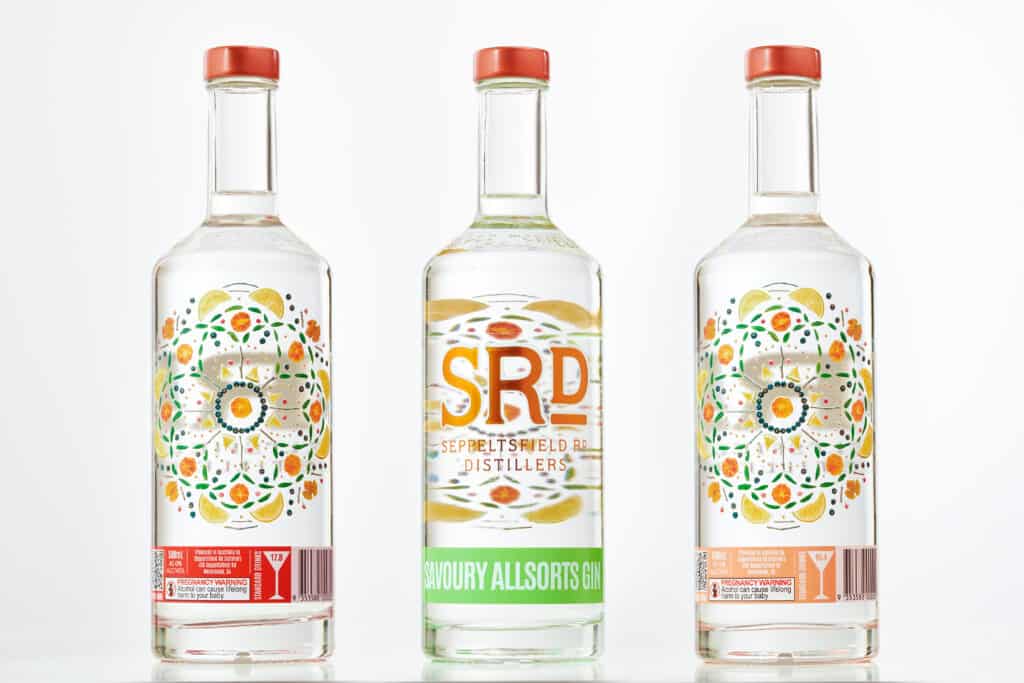
Legibility requirements
The FSC requires that labels be legible, prominent and in English. The size of the type in warning statements must be at least 3 mm high, except on small packages where the size of the type must be at least 1.5 mm high.
Specific mandatory labelling requirements for alcoholic beverages
In addition to the general mandatory requirements for food products, the FSC requires that alcoholic beverages also include specific information on their labels.
Volume statement
Mandatory: Accurate volume information stating the amount of liquid contained in the bottle, in millilitres (mL) or litres (L) should appear on the front of the bottle. The character height of your volume statement needs to conform to National Trade Measurement guidelines and will depend on the dimensions of your bottle. For a standard 750 mL bottle, the minimum character height of the volume statement is 3.3 mm.
For further information on volume statements and character height guidelines, the Department of Industry, Science and Resources have a guide to the sale of pre-packaged goods.
Statement of Alcohol Content
Mandatory: You must state the amount of alcohol that your spirit contains. This needs to be expressed in mL/100 g, mL/100 mL or, more usually, as the percentage of alcohol by volume. This statement should appear on the front label of your bottle and be aligned visually with the volume statement.
Statement of Standard drinks
Mandatory: All beverages with more than 0.5% ABV must include an accurate statement indicating the number of standard drinks contained.
If your product contains 10 or fewer standard drinks, then the number of standard drinks in your statement must be correct to the first decimal place. If your product contains 10 or more standard drinks, the number of standard drinks in your statement must be accurate to the nearest whole number.
The standard drink declaration can take the form of a statement on the label, for example, ‘CONTAINS APPROX. X.X STANDARD DRINKS’. More usually, however, the declaration is made through the use of the standard drink icon.
Restriction on use of geographical indications
A geographical indication (GI) identifies a product as having originated from a specific country, locality, or region, and as possessing qualities or characteristics that are essentially attributable to that region. ‘Champagne’ and ‘Scotch Whiskey’ are well-known examples of a GI. Generally, once a GI is protected, the name may not be used except by producers who meet the rules protecting the GI.
The FSC prohibits a geographical indication, either expressed or implied, being used for a spirit unless the spirit has been produced in the country, locality or region indicated.
Geographical indications are also recognised as intellectual property and therefore apply to many other food products, including wine.
More information is available from Department of Foreign Affairs and Trade.
Pregnancy warning label
Mandatory: On the 31 July, 2020 businesses were given three years to comply with new pregnancy warning label requirements, and all spirit producers should have now transitioned their labels.
If your product contains more than 1.15% ABV then it must display a pregnancy warning label – this can either be a pregnancy warning mark or a pregnancy warning pictogram.
The required pregnancy warning mark is a bordered image made up of the pregnancy warning pictogram, the words “Pregnancy Warning” and the statement “Alcohol can cause lifelong harm to your baby”. The size requirement for the pregnancy warning mark depends on the volume of the spirit contained in your bottle.
The pregnancy warning pictogram may only be used on label when the volume of spirit contained in the product is 200 mls or less. The pictogram is a silhouette of a pregnant woman with a wine glass within a red circle with a strikethrough.
There are prescriptions regarding the size and format of the pregnancy warning label that must be on your product. These guidelines and downloadable images of the pregnancy warning labels may be found on the FSANZ site and are also available in a downloadable guide.
Other spirit label inclusions

Barcodes
All goods sold online or in-store require a barcode. We recommend purchasing barcodes from either GS1 Australia or Barcodes Australia. You will receive both your barcode numbers and images, which you can then send to your label supplier, who will add them to your label. Confirm with your custom label manufacturer that they will double-check that your barcodes are GS1 compliant before printing.

Drinkwise logo
The Drinkwise logo is a voluntary addition to your label, however it may required by your retail outlets. You can find instructions for use of this logo here.

Recycling logo
The appropriate recycling logo lets your customers know how to dispose of your bottle mindfully. Australian Packaging Covenant Organisation (APCO) is working with Planet Ark, and the Australian government on an Australasian Recyclable Label program and provides information and a range of tools on recycling logos.
Make sure you also check your State or Territory’s container refund scheme guidelines for the mark that should appear on your label.
Current proposals to amend the Food Standards Code
The FSANZ are considering two changes to the FSC that affect spirit producers: Proposal P1049 – Carbohydrate and sugar claims on alcoholic beverages & Proposal P1059 – Energy labelling of alcoholic beverages.
These two proposals are being worked on together to enable consideration of aligning any potential changes in alcohol labelling requirements.
- The invitation for public comment on Proposal P1059 - Energy labelling of alcoholic beverages has now closed.
- The FSANZ is calling for public comment on Proposal 1049 - Carbohydrate and sugar claims on alcoholic beverages
- Submissions are due by 4 September 2023.
For information on making a submission or on the progress of these proposals, please visit the FSANZ website.
Have a question about your legal obligations?
The team here at Ultra have created this guide to help Australian spirit distillers navigate the sometimes-complex world of spirit labelling.
However, while we are highly skilled printing professionals who work with distillers across Australia to create spectacular labels, we are not legal experts.
We strongly recommend you review all relevant legislation and seek independent legal counsel if you have any questions regarding your labelling and packaging obligations.
Ready to print your spirit labels?
The explosion of small batch distilleries in Australia currently delighting consumers across the globe, means you’ll have intense competition to grab the attention of your customer and building brand loyalty.
You need premium, custom labelling solutions that will help communicate the quality of your spirit and elevate your product and your brand.
If you’re ready to partner with a team of experts, all committed to your success, we’d be delighted chat with you.
Let our experts work with you throughout the printing process and help you find the perfect labelling solution.
